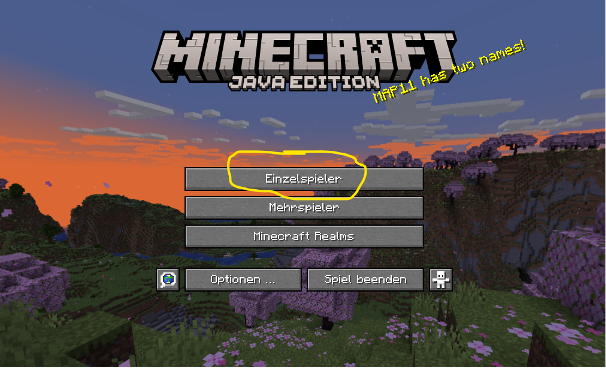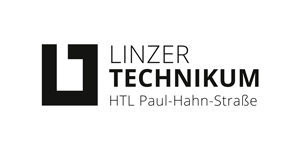The Minecraft Minigame, that has been developed by the students of Linzer Technikum takes you through the steps of hydrogen production in three exciting levels.
The first level teaches you how to generate green energy, such as wind or solar power, which is essential for hydrogen production. The second level focuses on building an electrolyzer, a key piece of equipment used to split water into hydrogen and oxygen. Finally, on the third level, you will find out how hydrogen is produced and learn about its various applications, such as an environmentally friendly energy source. The project teaches the steps of green hydrogen production in a playful way, highlighting its importance for sustainable energy production.
Minecraft Minigame – MCHydro Download
To play the Minecraft minigame not only at the Ars Electronica Center but also at home, it’s an advantage if you’re already an expert at Minecraft. If you are not, you’ll need the following components:
What you need
- Microsoft Account
- Minecraft Java Game
You haven’t installed Minecraft yet? Watch a video tutorial, for example here - Modclient Curseforge and a Curseforge account
You don’t have a modclient yet? Download here - This Zip-File:
Installing the modpack on your computer
You have downloaded the zip file MCHydro? To play the mod, open the Curseforge client and click on “Minecraft”.

In the top left corner, there is an “Import” button under the “My Modpacks” tab.

Select the zip file. A new profile will be created automatically. Select the modpack and press “Play” to start the game.


After registering with your Microsoft account, you can get into the game and go to single player to play our Minecraft Minigame. Enjoy!
This project was financed by the City of Linz’s climate fund.

